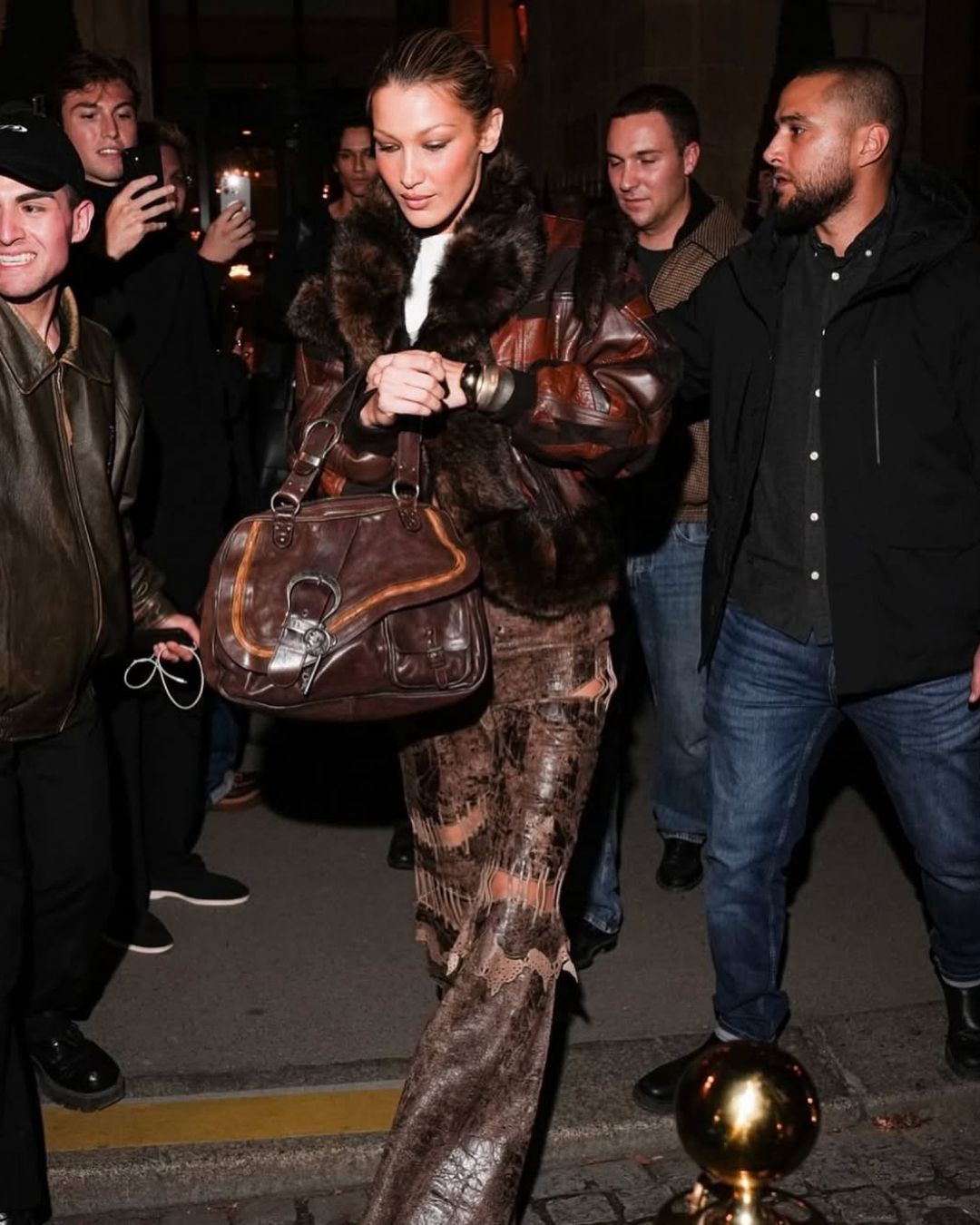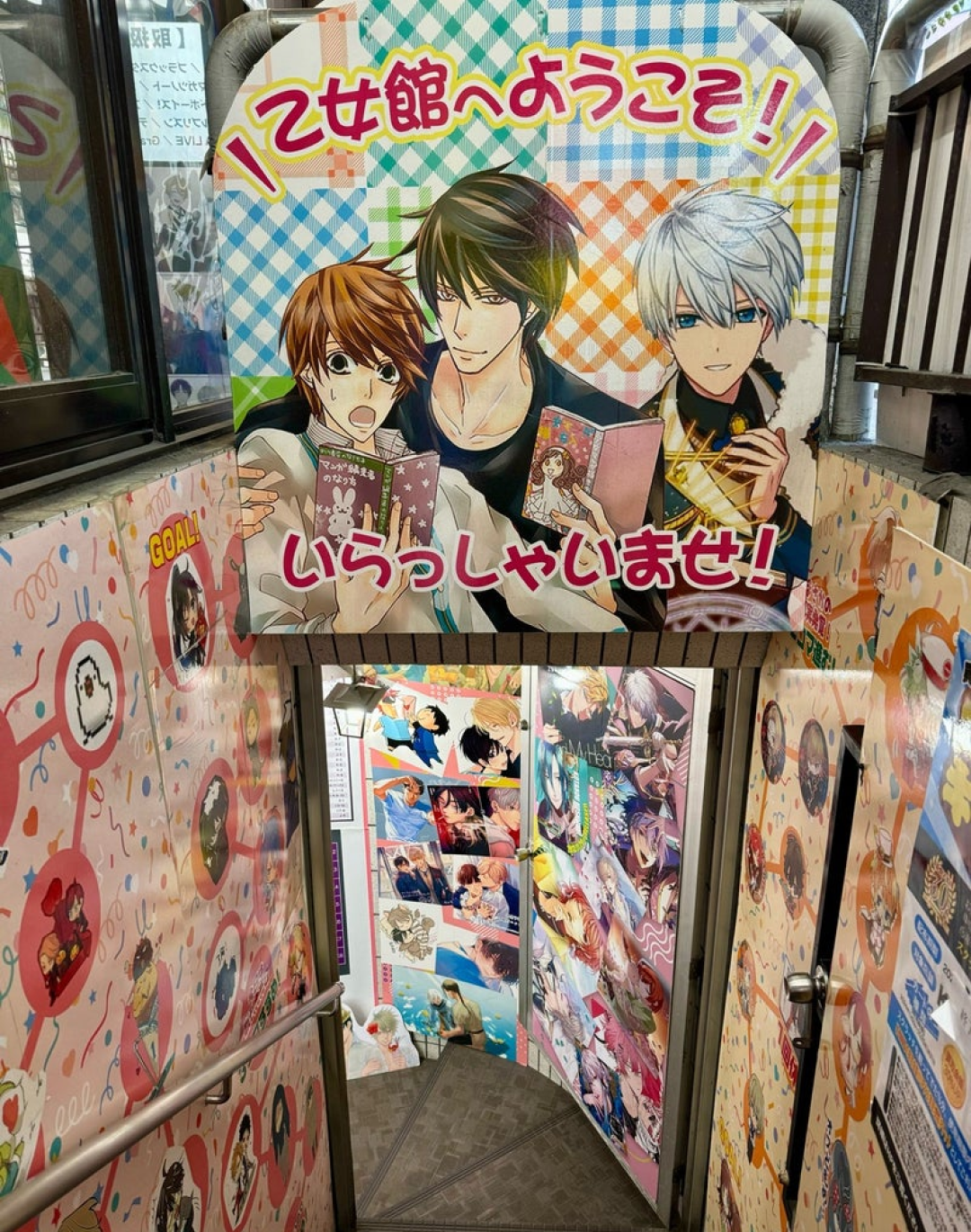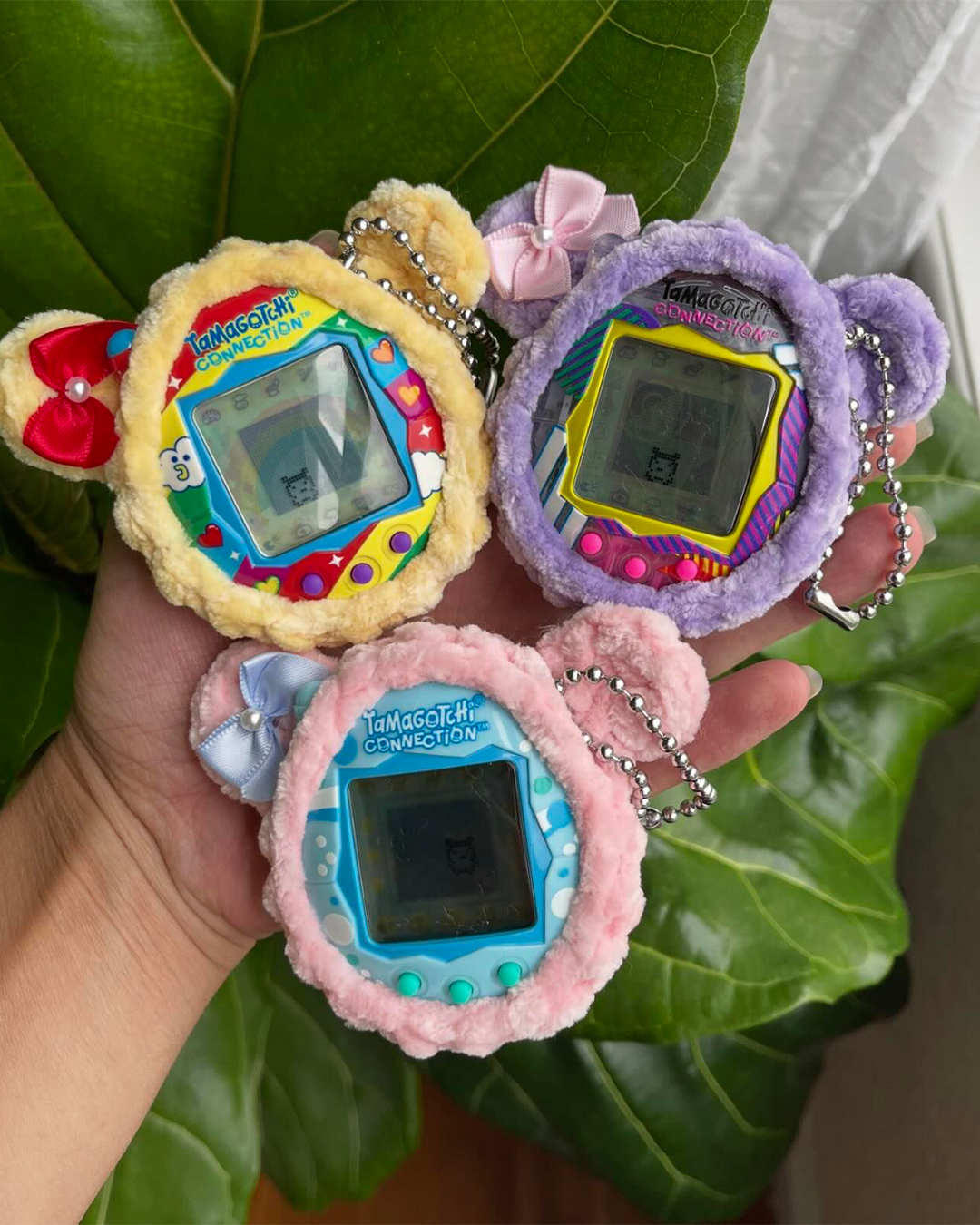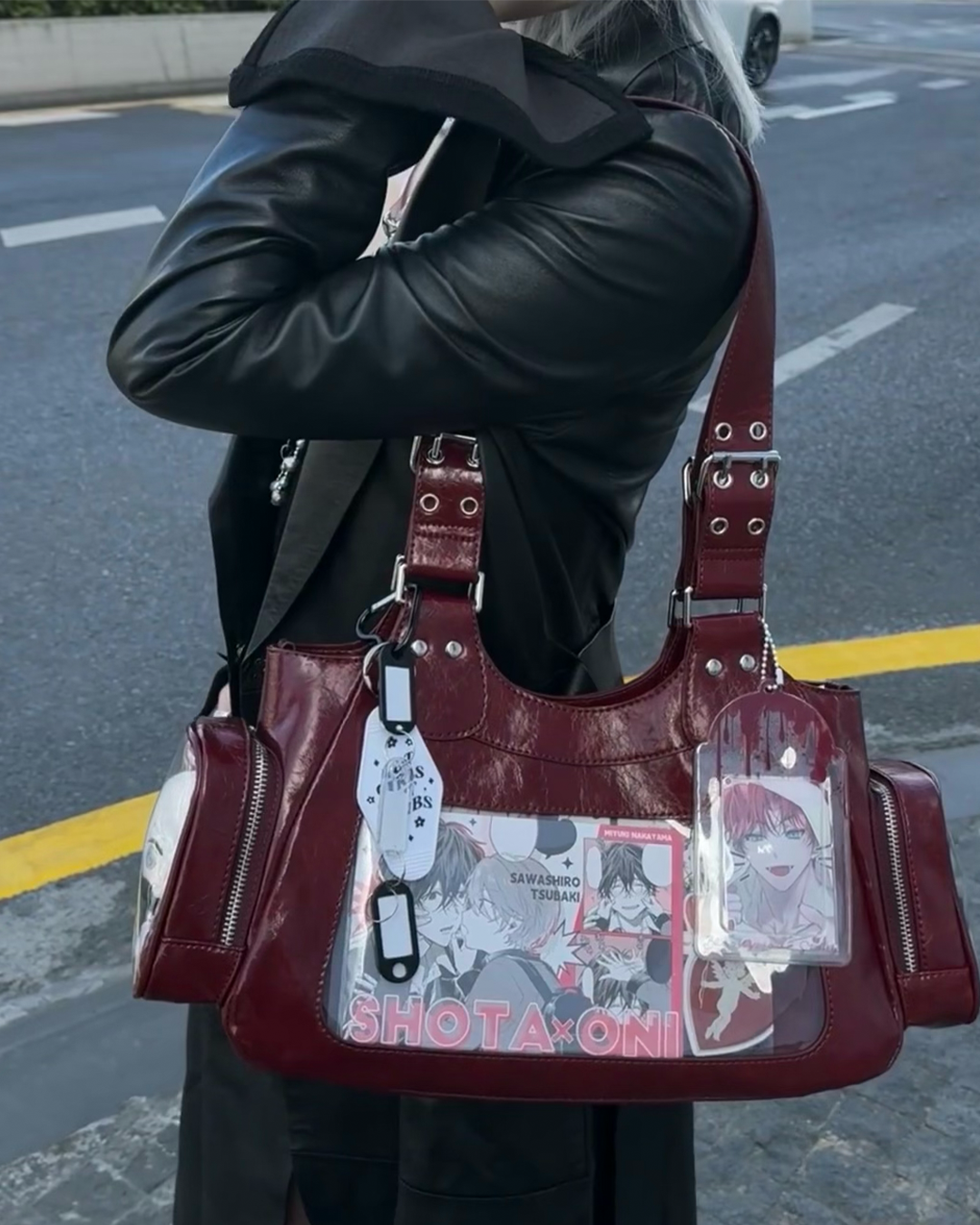
Why has Dragon Ball become an icon for Millennials? The cultural legacy of the series in the aftermath of Akira Toriyama's death
Among the various losses that afflict pop culture, large and small actors, stylists, television personalities, and eminent cultural figures are often mourned – less often do we mourn the death of a mangaka. Yet, manga creators, who remain the authors of the story even when it becomes an anime, represent true cultural leaders today, responsible for introducing epics and unique characters into pop culture. And perhaps no mangaka has had the impact of Akira Toriyama, the man behind Dragon Ball, a franchise whose monumentality and impact can be compared to that of The Lord of the Rings or Harry Potter. Especially in Italy, the episodes of the various series of Dragon Ball broadcasted in rotation by Italia 1 during lunchtime from 1999 until 2018 became a multi-generational phenomenon – a titanic saga, hammered by endless reruns into the memory of Millennials and Gen Z, which created products and byproducts (think of the video created by fans of Goku and Freezer's fight set to the tune of In the End by Linkin Park) that almost no other series, no matter how popular, has managed to achieve. And if you don't believe it, just go to a supermarket and occasionally see some thirty-something men weighing Kinder Easter eggs on the fruit and vegetable scale to figure out which one hides Goku's sticker. The importance of the Dragon Ball saga lies not only in nostalgia or in the sheer volume of content produced over more than forty years, but in the fact that the series represented the first serialized and lengthy content that children growing up in the 2000s experienced and also a watershed for pop culture in Italy, sparking a debate on what could be represented in an animated cartoon.
@gildan.kun Non sto piangendo, mi è solo entrato un Motorola Razr 2006 nell'occhio #teenagedream #dragonball #goku #supersaiyan #linkinpark #intheend suono originale - Gildan
The history of the broadcast of Dragon Ball in Italy was quite eventful and interesting. The first contact of Italian viewers with the series took place through Jtv, a television network that had acquired the rights to the first series. Subsequently, Mediaset, through Italia 1, acquired the rights to the second series, Dragon Ball Z, without having aired the first series on its networks. This created anticipation and confusion among fans, who expected the series to start on Italia 1 but were disappointed when the network decided not to broadcast it, replacing it with another program. It was only in 1999 that Italia 1 began airing the first series of Dragon Ball, achieving great success with the audience. Later, in 2000, the same network decided to also broadcast Dragon Ball Z, renaming it What's My Destiny Dragon Ball. This programming choice raised questions among viewers, but despite this, the series achieved considerable success, becoming the television phenomenon of the 2000s that everyone knows. During the broadcast on Italia 1, Dragon Ball Z was dubbed at the Merak Film studio in Milan, directed by Maurizio Torresan, known as Paolo Torrisi, who also voiced the protagonist, adult Goku, and gave us the iconic "Kamehameha!" The dubbing underwent some changes both in audio and video, with the softening or modification of some dialogues and the removal of scenes considered inappropriate for the broadcast time slot. Despite the censorship and changes made, Dragon Ball Z won over the Italian audience, becoming one of the most loved and followed programs of the time. The series also contributed to the popularity of the franchise in the country, leading to the broadcast of movies and the reprinting of the manga by Star Comics, capitalizing on the television success of the series.
i miei genitori hanno sempre vietato a mio fratello quando era piccolo di guadare dragon ball, perché si concentra tanto sulla violenza.
— ele(@elenaciminooo) November 26, 2020
i miei compagni 16 anni dicono “vabbè ma dragon ball insegna anche i valori sull’amicizia e per quanto riguarda la violenza-
But Dragon Ball did not have the impact it had solely because of the success of the series – on the contrary, that overwhelming, enormous success represented a change in mindset between the Millennial generation and that of their parents, sparking a debate among adults who wanted to ban it because it was educational and lacked content and children or teenagers who were completely dependent on it. Now, Toriyama's narrative, which the great artist Takashi Murakami once described as "cyclical and endless," remained immortalized in the memory of today's young adults because it forced the Italian mentality of the 1990s and early 2000s to confront the freedom of expression and the aestheticization of violence typical of anime and manga. A memory that perhaps all Italian kids who grew up in the early 2000s have is that of the Dragon Ball and Linkin Park medley passed around like a drumbeat from one cell phone to another via MMS or through the nascent Bluetooth. It was effectively a cultural shock (or rather a cultural reset), on par with PlayStation 2 video games and Tarantino films, which in the same years as the Dragon Ball phenomenon in Italy, arrived in cinemas with Kill Bill.
Like many other anime before it, Dragon Ball was also censored in several places – although the relative linearity of its narrative made the anime, even in translation, a very faithful adaptation of the original. It was precisely because of these controversies that MOIGE became famous in Italy, the "censorship" and psychological terrorism organization preferred by anxious mothers throughout Italy, which with its toll-free number welcomed complaints from all parents worried about Tarantino and Kubrick films, series like South Park, The Simpsons, and Will & Grace; television programs like Smackdown or Bisturi with Platinette and Irene Pivetti but above all Japanese anime, seen at the time as the main "corruptors" of youth, such as Sailor Moon, One Piece, Little Heart Problems, and many others. Obviously, nothing could stop a phenomenon that years ago manifested itself through sticker albums, action figures, video games, collectible items, and today mainly lives through countless memes that testify to the affection with which the series is remembered but above all its ability to become a common reference for Millennials worldwide.















































